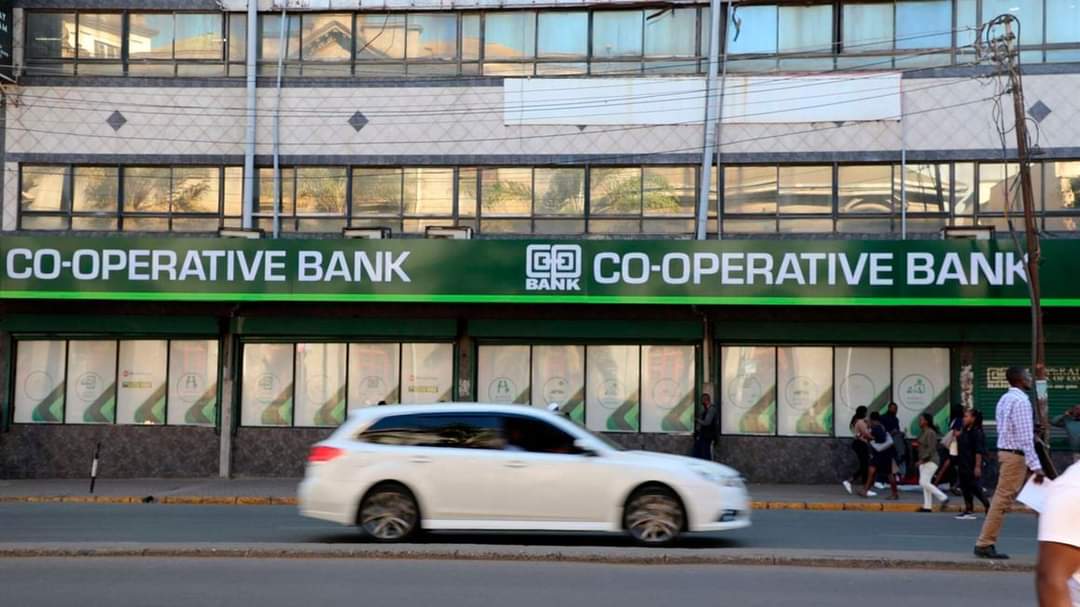Quick explanation why Mombasa hard hit by flooding
Mombasa County in Kenya has been grappling with the devastating effects of floods triggered by persistent heavy rainfall over the past three days. Submerged homes, displaced residents, and impassable roads are just a few of the disruptions caused by the relentless downpour.
In a recent statement, Interior Cabinet Secretary Kithure Kindiki revealed that the nationwide death toll from flood-related incidents has reached 60, with 10 of these fatalities occurring since Friday in Mombasa, Tana River, Kwale, and Kilifi counties.
While addressing the media in the aftermath of the flooding, Mombasa Governor Abdullswamad Nassir dismissed claims attributing the disaster to an inadequate drainage system. He asserted that the flooding resulted from the construction of entire villages on waterways, leaving no room for water to escape during heavy rainfall.
Despite the governor’s explanation, it is crucial to acknowledge that flood levels are gradually subsiding.
The question remains, why is Mombasa experiencing such severe flooding?
Coastal cities are particularly vulnerable to flooding due to several factors. One prominent factor is the rising sea level, a direct consequence of climate change.
A publication by the Center for Climate and Energy Solutions, titled “Sea-Level Rise and Global Climate Change,” explains that melting ice caps and glaciers add water to the oceans, leading to an increase in sea levels.
This phenomenon makes coastal areas more susceptible to flooding during high tides or storm events.
The report further highlights that the vulnerability of coastal areas to sea-level rise varies depending on the physical characteristics of the coastline, the population size and level of development, and the effectiveness of land-use and infrastructure planning at the local level.
As Governor Nassir alluded to, urban development planning also plays a significant role in the occurrence of floods.
Buildings erected along the ocean’s outlets obstruct its natural flow, leading to an insufficient drainage system and impermeable surfaces like pavement.
Furthermore, some coastal areas have experienced subsidence, the gradual sinking of land due to human activities such as poor disposal of minerals. This process blocks water paths, making the areas more prone to flooding.
Environmentalist Ronald Bulimu emphasizes that addressing the challenges faced by coastal regions will require a combination of sustainable urban planning involving all stakeholders and well-maintained infrastructure.
He attributes the issues in Mombasa to poor urban planning and the lack of renovation of the drainage system, which was originally constructed by the Arabs. He urges government officials to prioritize these factors.
While natural causes like climate change cannot be entirely avoided, the consequences of human actions can be mitigated through proactive measures. Coastal regions must prioritize sustainable urban planning and infrastructure maintenance to protect their communities from the devastating effects of floods.









